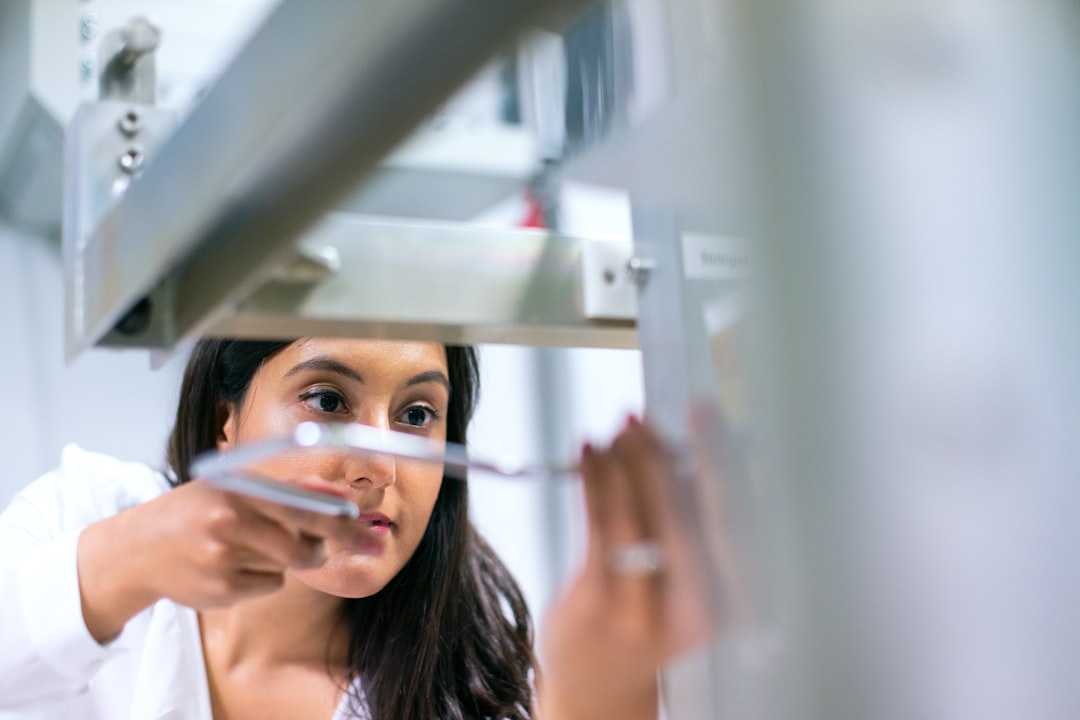The Fourth Industrial Revolution, also known as Industry 4.0, brought about a significant shift in the way we perceive and utilize technology in industries. It marked the era of automation, connectivity, and data exchange in manufacturing processes, fundamentally changing the dynamics of production and supply chains. However, as we move towards the future, the concept of Industry 5.0 emerges as the next stage of industrial development, promising even greater advancements and possibilities.
Industry 5.0 builds upon the foundations laid by its predecessor, bringing human beings back into the equation. While Industry 4.0 focused on automation and machine-to-machine communication, Industry 5.0 emphasizes the collaboration between humans and machines, creating a symbiotic relationship that maximizes the potential of both. This new paradigm aims to combine the unique strengths and capabilities of humans with the efficiency and precision of machines, ultimately leading to smarter, more agile, and more sustainable industrial processes.
One of the key aspects of Industry 5.0 is the concept of “cobots” or collaborative robots. These are designed to work alongside human workers, assisting them in tasks that require precision, strength, or speed, while also ensuring safety and efficiency. By integrating cobots into the workforce, companies can improve productivity, reduce errors, and enhance the overall working environment for employees. This collaborative approach allows for a more flexible and adaptable production process, where humans and machines complement each other’s abilities to achieve optimal results.
Another important aspect of Industry 5.0 is the implementation of advanced technologies such as artificial intelligence, machine learning, and augmented reality. These technologies enable machines to learn from human behavior, make autonomous decisions, and interact more intuitively with their surroundings. By harnessing the power of AI and machine learning, industries can optimize production processes, predict maintenance needs, and customize products to meet the specific demands of customers. Augmented reality, on the other hand, allows for enhanced visualization and simulation of tasks, improving training programs and reducing errors in complex operations.
Furthermore, Industry 5.0 also emphasizes the importance of sustainability and environmental responsibility. By incorporating green technologies, such as renewable energy sources, eco-friendly materials, and waste reduction strategies, companies can minimize their carbon footprint and promote sustainable development. This focus on sustainability not only benefits the environment but also enhances the reputation of businesses, attracting eco-conscious consumers and investors in the process.
As we explore the potential of Industry 5.0, it is essential to consider the challenges and obstacles that may arise along the way. One of the main concerns is the impact on the workforce, as automation and AI technologies may lead to job displacement or changes in employment patterns. It is crucial for companies to invest in upskilling and reskilling programs to ensure that employees are equipped with the necessary skills to thrive in the new industrial landscape. Additionally, data security and privacy issues must also be addressed to prevent cyber threats and ensure the integrity of sensitive information.
In conclusion, Industry 5.0 represents a new era of industrial development that combines the strengths of humans and machines to create innovative, sustainable, and efficient production processes. By embracing collaboration, advanced technologies, and sustainability principles, industries can unlock new opportunities for growth, competitiveness, and success in the global marketplace. As we continue to explore the potential of Industry 5.0, it is crucial for companies to adapt, innovate, and evolve to meet the demands of the future.


